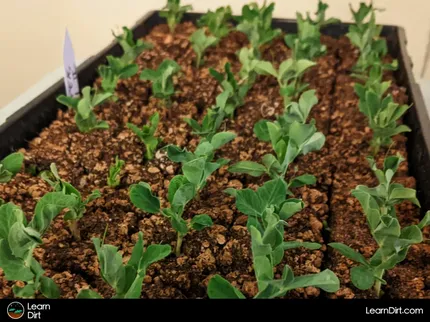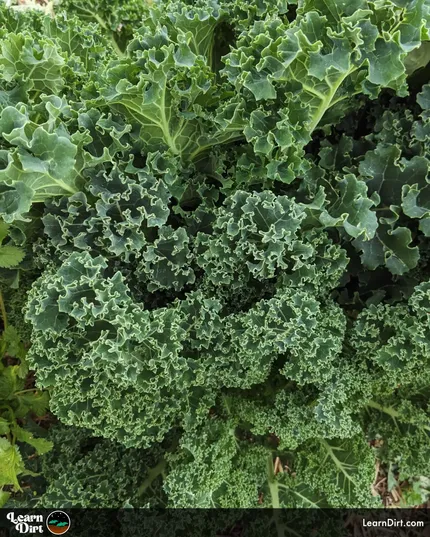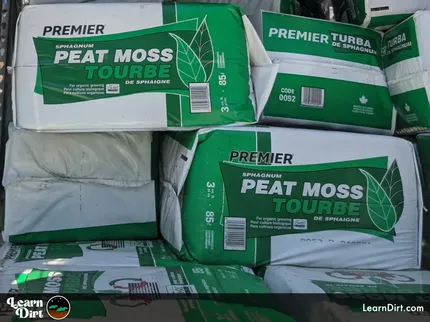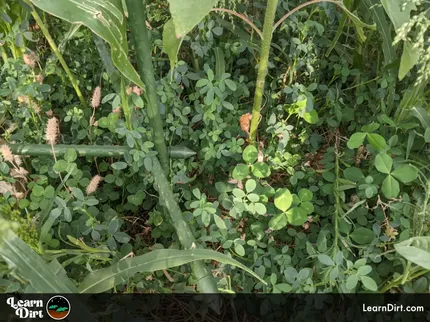Table of Contents
* Our articles never contain AI-generated slop *
There are a few means of controlling compost bioactivity. You can utilize adjustments to moisture level, aeration, and additions all to change the bioactivity level.
I've had compost piles that never went anywhere - weren't bioactive enough to decompose.

On the flip side I've had piles that became so bioactive they got smelly, spawned zillions of flies, and absolute quintillions of mites.
Disclaimer: This post may contain affiliate links. Refer to the privacy policy for more information.
Avoid my mistakes, don't let your pile get too bioactive, nor fall to too little bioactivity.
Ways to Adjust Compost Activity Level
The following are the variables which you can alter to adjust the level of biological activity in your compost, and therefore the rate of decomposition.
Compost Moisture Level
Compost activity relies on moisture. Mites, flies, fungi, bacteria, worms etc all rely on water just like all other life on Earth.
Wet places are more bioactive than dry places.
There's more decomposition happening in a rainforest than in a desert, for example.
If things get too wet, though, you'll end up with the funky smell of lake sludge as your compost goes anaerobic.
Join The Grower's Community
A FREE, friendly forum
where you can ask questions,
swap tips, and meet like-minded growers 🌱
Check It Out!
Too much water prevents oxygen from getting to your compost, and the anaerobic result of that will not smell good to you at all. That's the indication that things are too wet.
When your compost is too dry, it will simply turn to dust and do nothing. Cardboard and paper shreddings will dry out instead of breaking down. Food scraps will desiccate. Bugs and the microbiome will die off. And you won't end up with compost.
Balance the moisture level in your compost pile between these two extremes.
If it gets too wet with too many bugs, don't freak out! Just keep the rain off it, don't water it, and be patient. If you live in a dry climate, expose it to more air and sunlight. If you live in a wet climate, try to aerate it but cover it when it rains.
If it gets too dry, obviously you just have to water it. Sometimes it can become hydrophobic, however, and may take some time to rehydrate.
In this situation I recommend lightly watering, and then turning and mixing. Then lightly watering some more, and repeating this process until it saturates enough.
If the pile is too big to be turned easily, you can stick a hose into it turned on very low. Give it time to gradually rehydrate. Consider doing this multiple days in a row until the pile slowly becomes more bioactive. Then give it a good turn if possible.
Compost Aeration & Turning
Lotech sells a great compost crank that's made here in Tucson, which I love for turning my piles. Compost tumblers also make turning exceptionally easy, though their volumes are limited.
That's all for now, thanks for reading!
If you have any questions, comments, or would like to connect with fellow gardeners, head on over to the forum and post there.
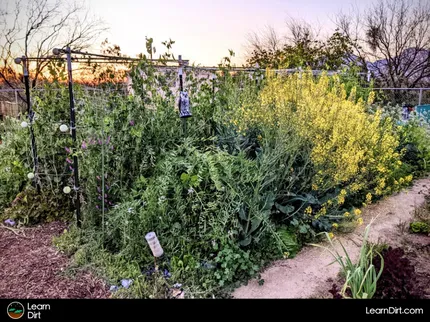

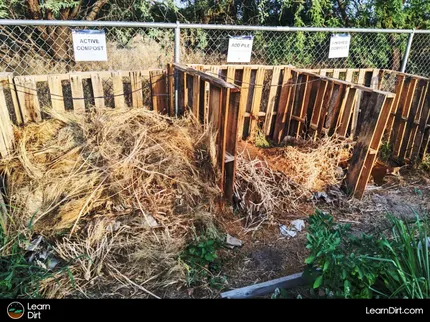



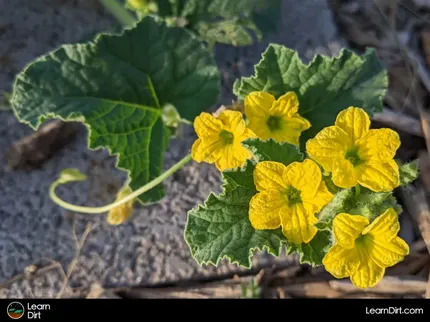
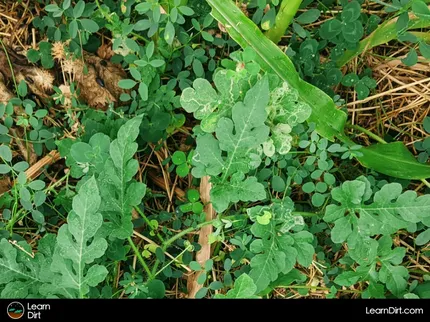
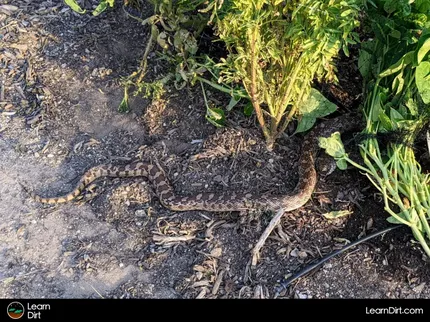
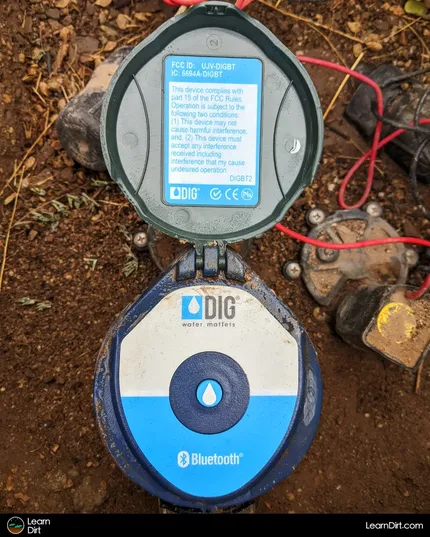
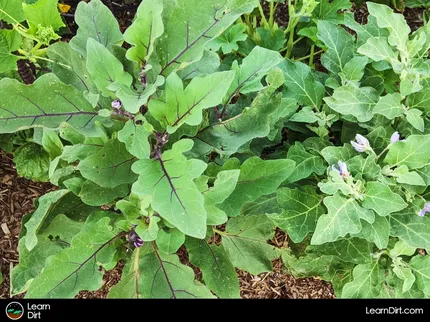


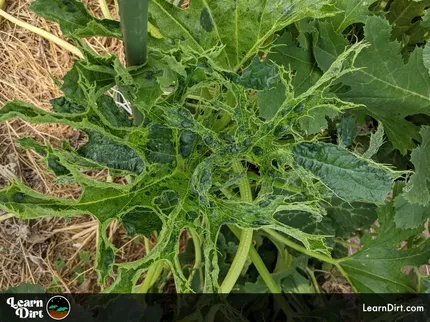
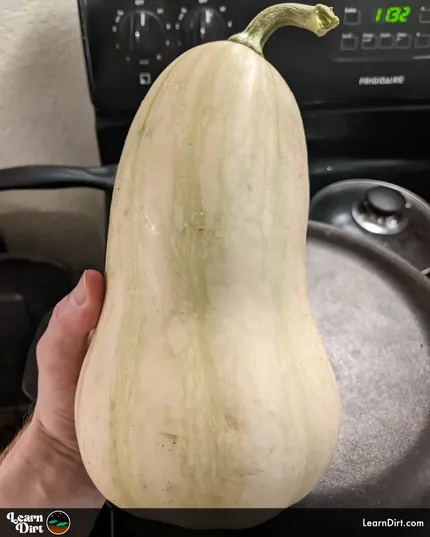



![Black Dirt Live Again [Green] T-shirt](/media/product_images/black-dirt-live-again-[green]_shirt_260x260.png)
